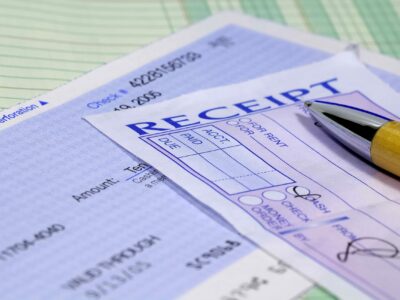![]()
The closing entries are dated in the Bookkeeping for Chiropractors journal as of the last day of the accounting period. Permanent accounts, on the other hand, include assets, liabilities, and most equity accounts. These account balances roll over into the next period and reflect the company’s financial activity in the long term. They are stored on the balance sheet, a section of the financial statements that investors can use as an indication to asset a company’s value.
- The expense accounts are temporary accounts that show everything that the company spent on its operations, including advertising and supplies, among other expenses.
- It is closed at the end of the period, with its balance transferred to a permanent account, typically retained earnings or income summary, to start anew in the subsequent period.
- Balances in permanent accounts persist over time, facilitating the seamless accumulation of economic data.
- Temporary accounts in accounting refer to accounts you close at the end of each period.
- Chartered accountant Michael Brown is the founder and CEO of Double Entry Bookkeeping.
Close expense accounts

The date of record determines which shareholders will receive the dividends. There is no journal entry recorded; the company creates a list of the shareholders that will receive dividends. However, companies can declare dividends whenever they want and are not limited in the number of annual declarations. It is important to note that dividends are not considered expenses, and they are not reported on the income statement.

Income Summary
During this period, the company’s stock may trade “ex-dividend,” signaling that new buyers are not entitled to the declared dividend. This article explores various facets of dividend accounting, detailing how different types of dividends are managed, recorded, and reported. By examining these elements, readers can gain insights into the broader implications on financial statements and investment strategies.
Closing Journal Entries

Dividend record date is the date that the company determines the ownership of stock with the shareholders’ record. The shareholders who own the stock on the record date will receive the dividend. For example, on December 20, 2019, the board of directors of the company ABC declares to pay dividends of $0.50 per share on January 15, 2020, to the shareholders with the record date on December 31, 2019. However, sometimes the company does not have a dividend account such as dividends declared account.
Double Entry Bookkeeping
This process ensures accurate financial reporting and prepares the company for the subsequent accounting cycle. Income summary account is a temporary account used to make closing entries. All temporary accounts must be reset to zero at the end of the accounting period. The income summary account then transfers the net balance of all the temporary accounts to retained earnings, which is a permanent account on the balance sheet.
Types of permanent accounts
Expense accounts – expense accounts such as Cost of Sales, Salaries Expense, Rent Expense, Interest Expense, Delivery Expense, Utilities Expense, and all other expenses are temporary accounts. Purchases, Purchase Discounts, and Purchase Returns and Allowances (under periodic inventory method) are also temporary accounts. Temporary accounts include all revenue accounts, expense accounts, and in the case of sole proprietorships and partnerships, drawing or withdrawal accounts.
- This process ensures accurate financial reporting and prepares the company for the subsequent accounting cycle.
- The accounting entry for dividend payments involves debiting dividends payable and crediting cash, reducing both the liability and cash reserves.
- It provides insights into both short-term performance and long-term financial health.
- The date of payment is the date that payment is issued to the shareholder for the amount of the dividend declared.
- Basically, permanent accounts will maintain a cumulative balance that will carry over each period.
- For example, Woolworths Group Limited generally pays an interim dividend in April and a final dividend in September or October each year.
Since salaries expense reflects expenses incurred within a specific timeframe and are reset to zero at the end of each accounting period, they fall under the temporary accounts category. Closing dividend account temporary accounts and transferring their balances to permanent accounts is a crucial step in the accounting cycle at the end of each accounting period. Temporary accounts include revenue, expense, gain, and loss, which capture transactions specific to a particular period.
Types of transactions recorded
In conclusion, understanding the difference between temporary and permanent accounts is crucial in business accounting. While temporary accounts provide insights into the financial performance of a specific period, permanent accounts provide an ongoing record of a net sales company’s overall financial position. By applying this knowledge appropriately, accountants can ensure accurate financial reporting and contribute to sound business decision-making. Permanent or real accounts are integral to a company’s financial framework, persisting beyond individual accounting periods. Unlike temporary accounts, which capture transactions specific to a period, permanent accounts maintain balances over time, offering a continuous snapshot of a company’s financial standing.
